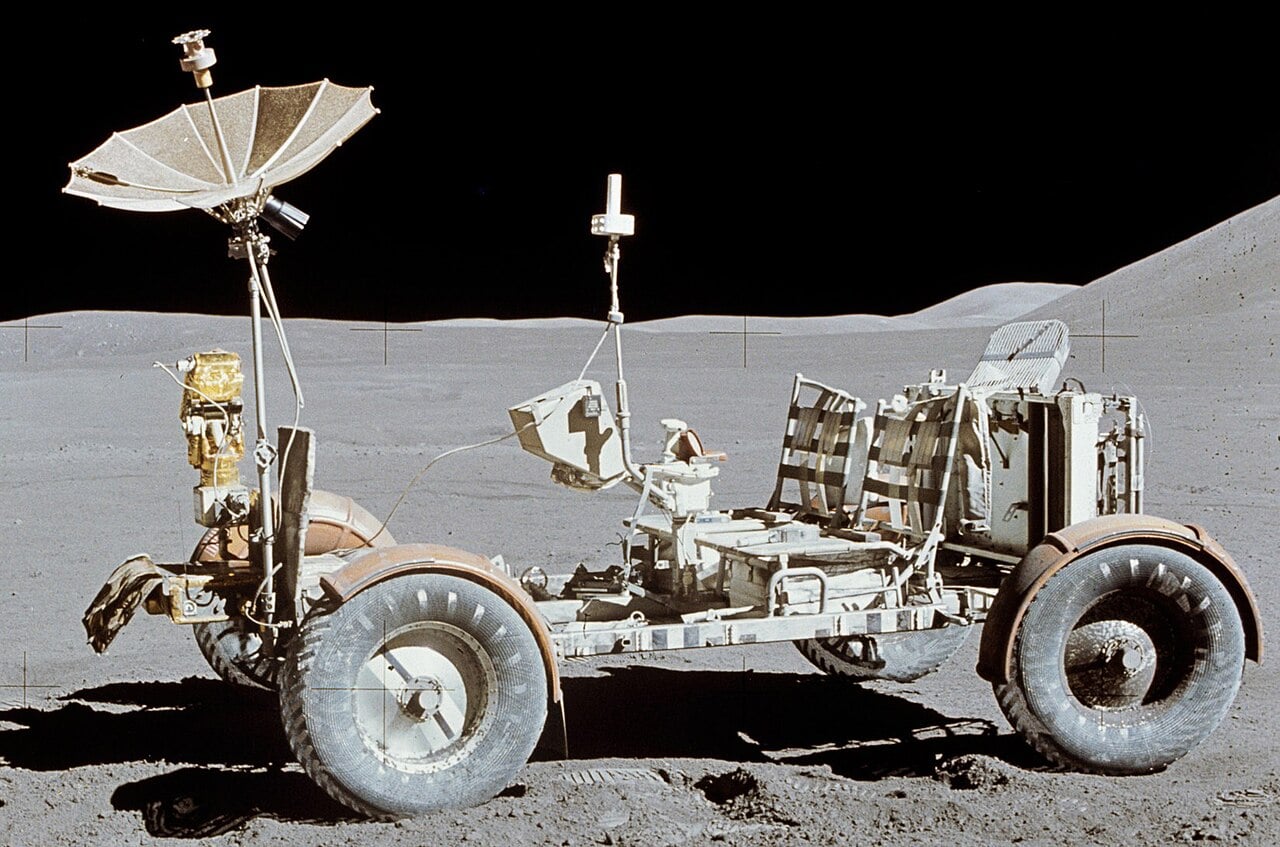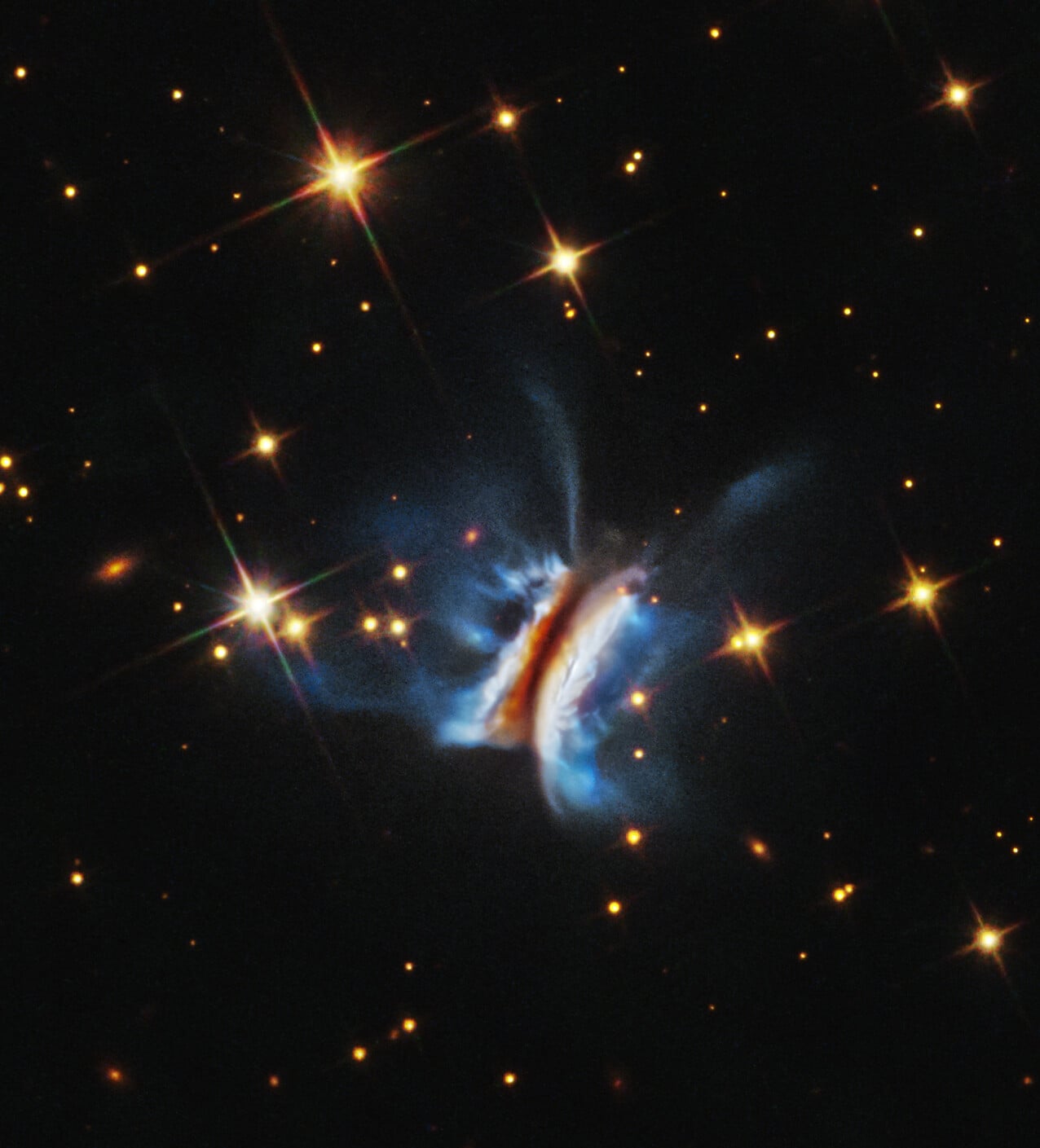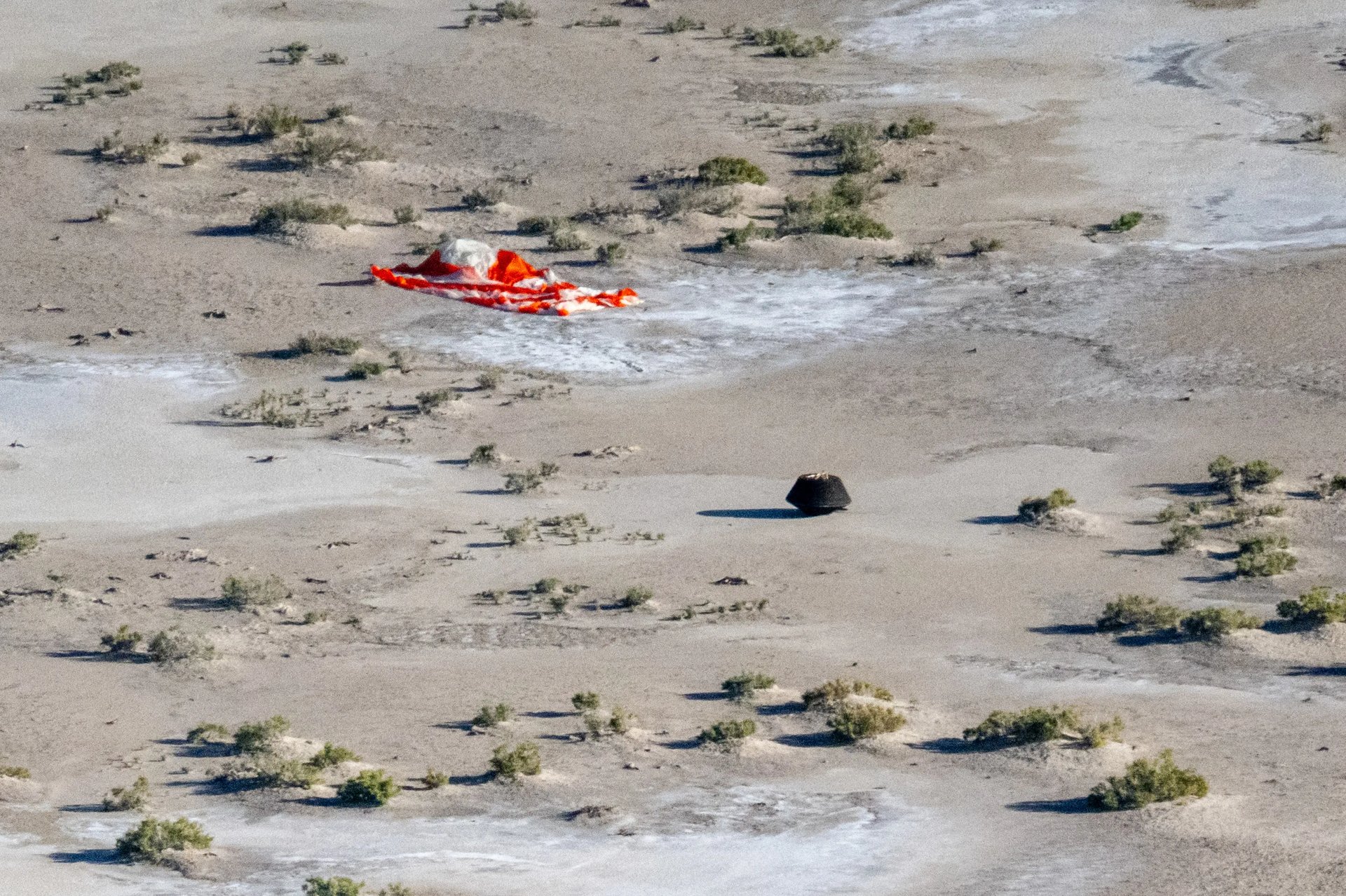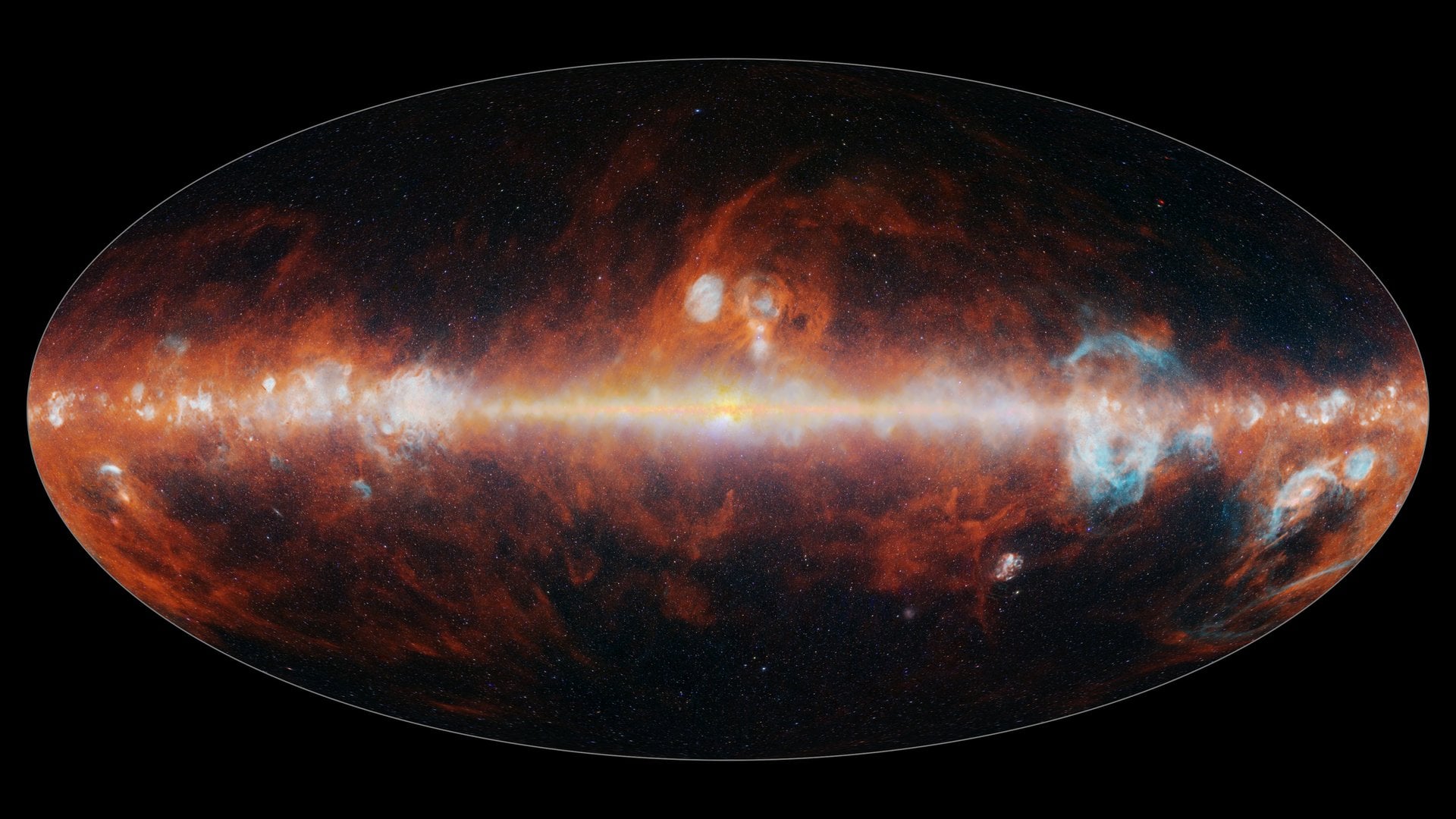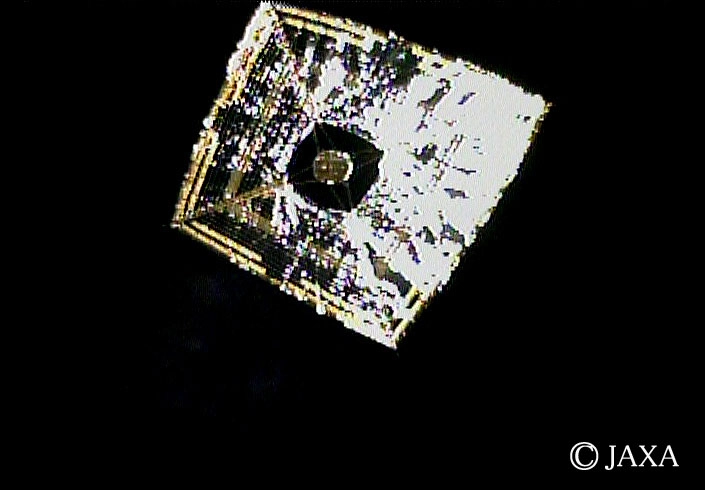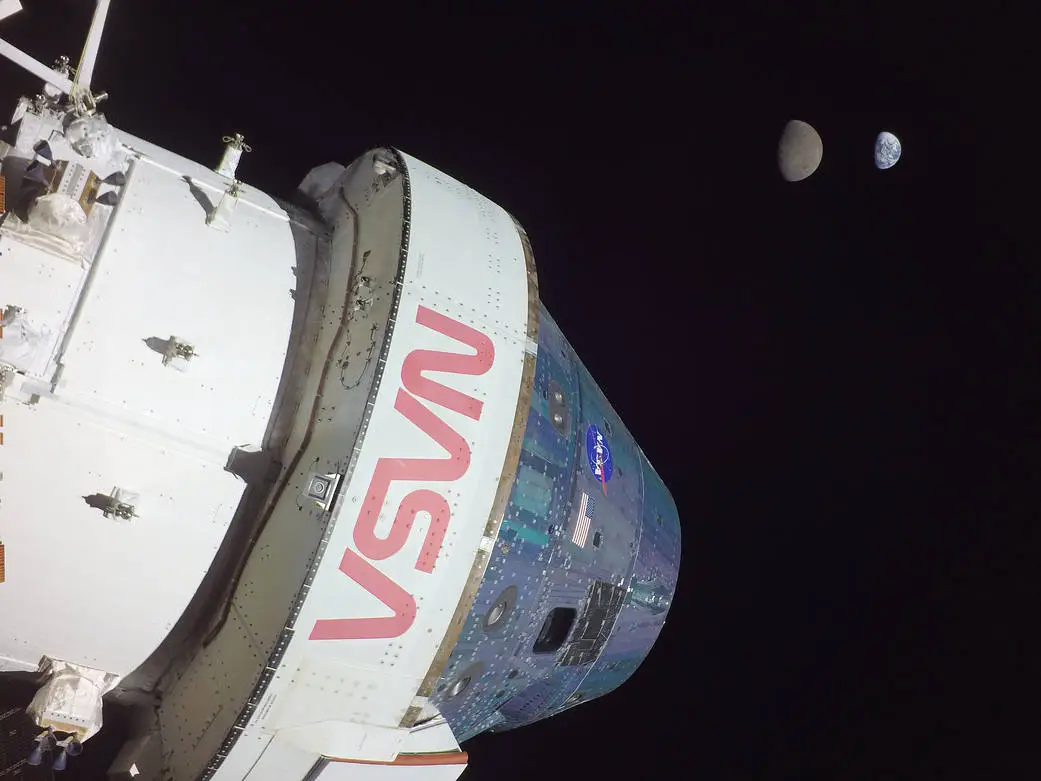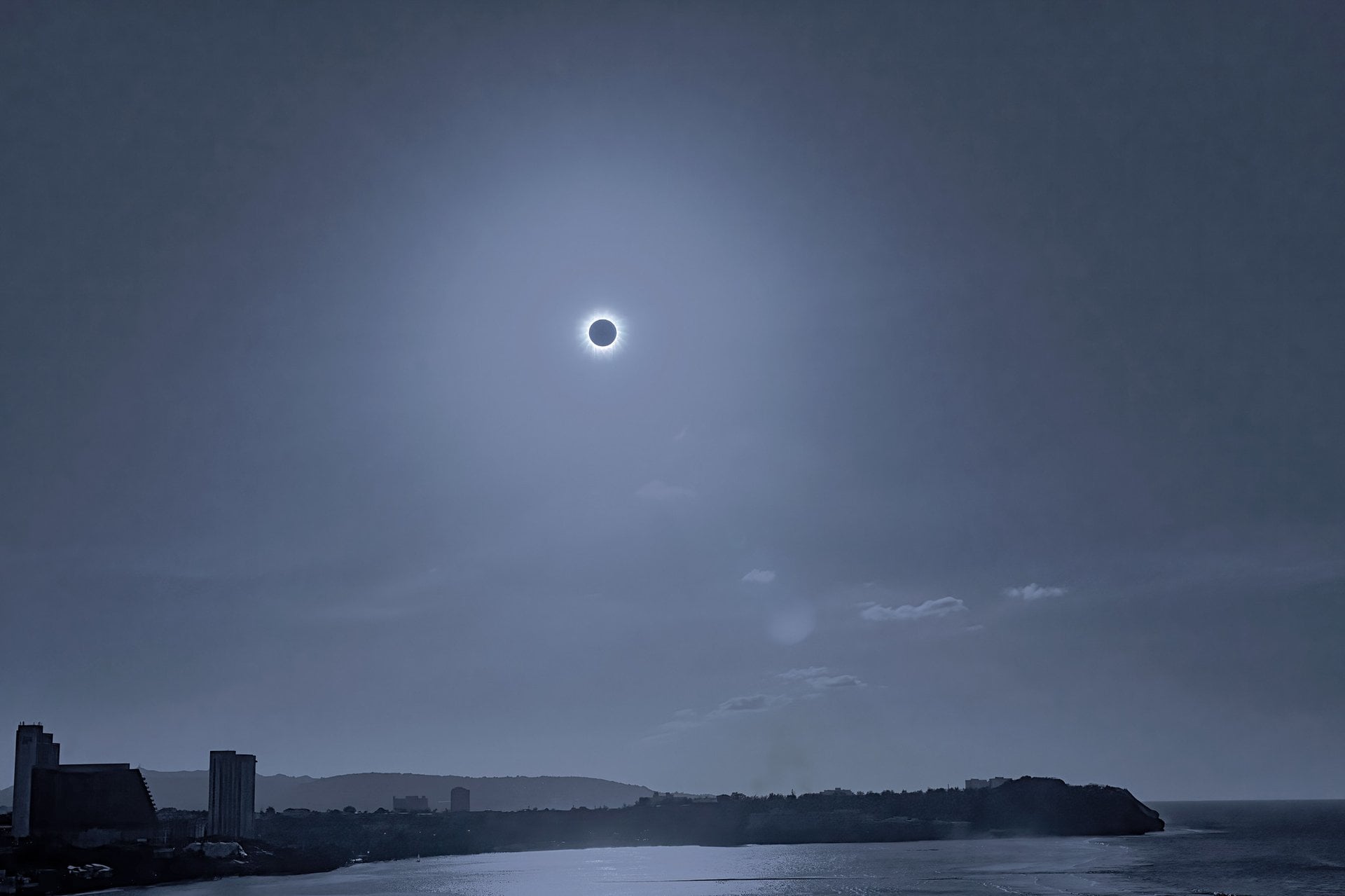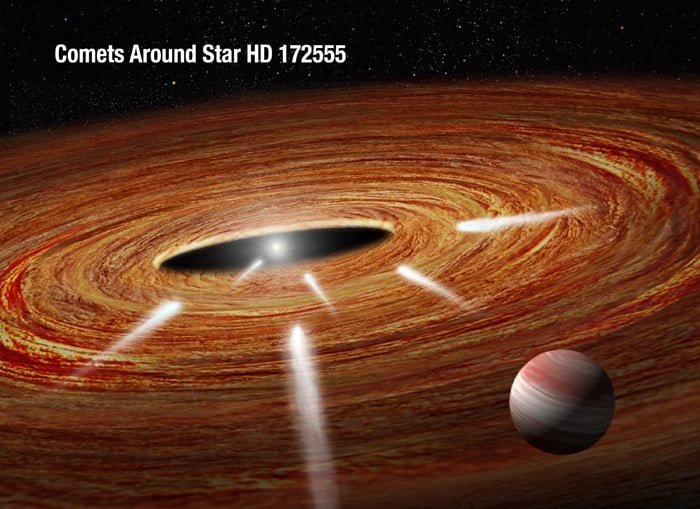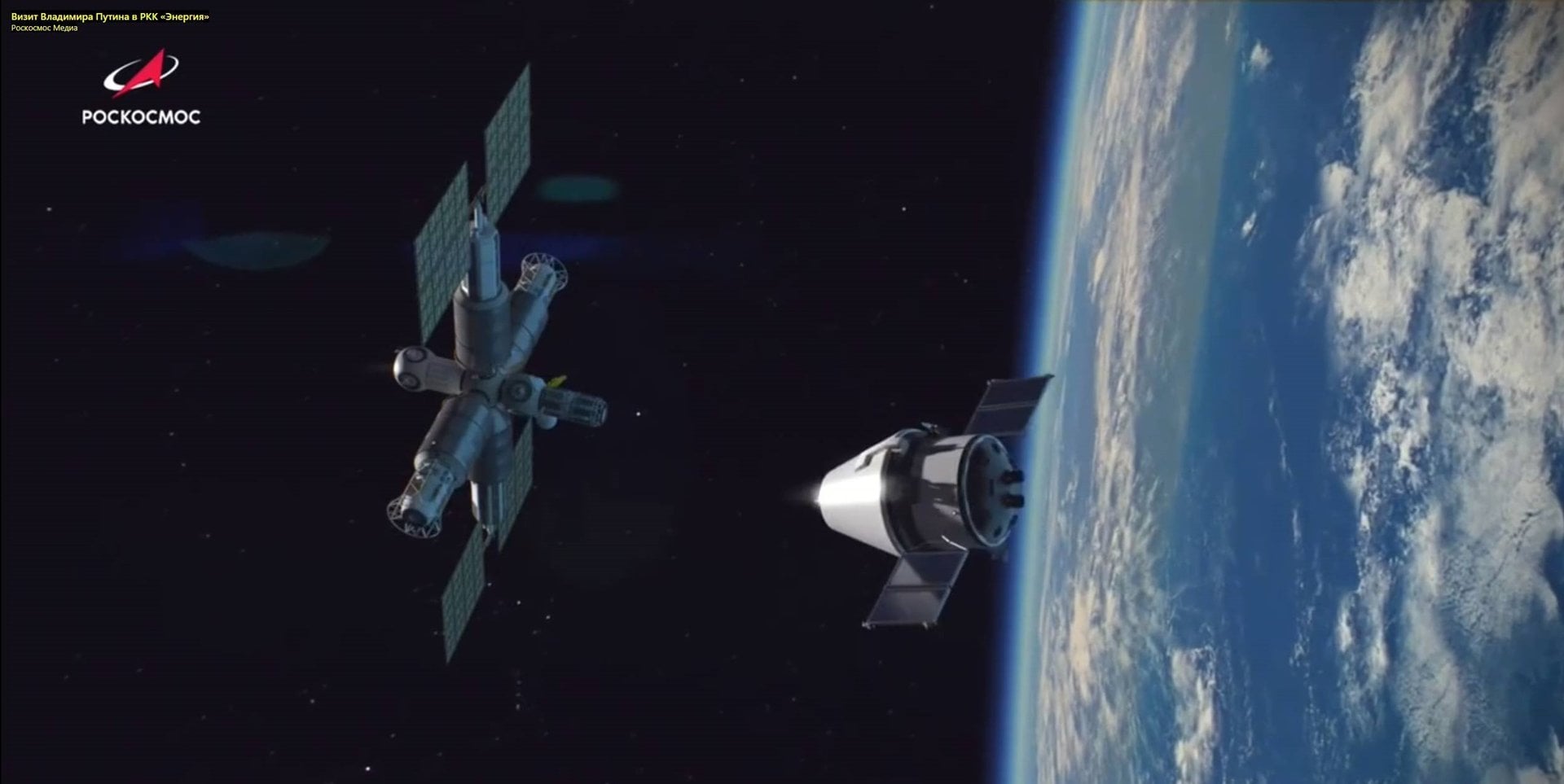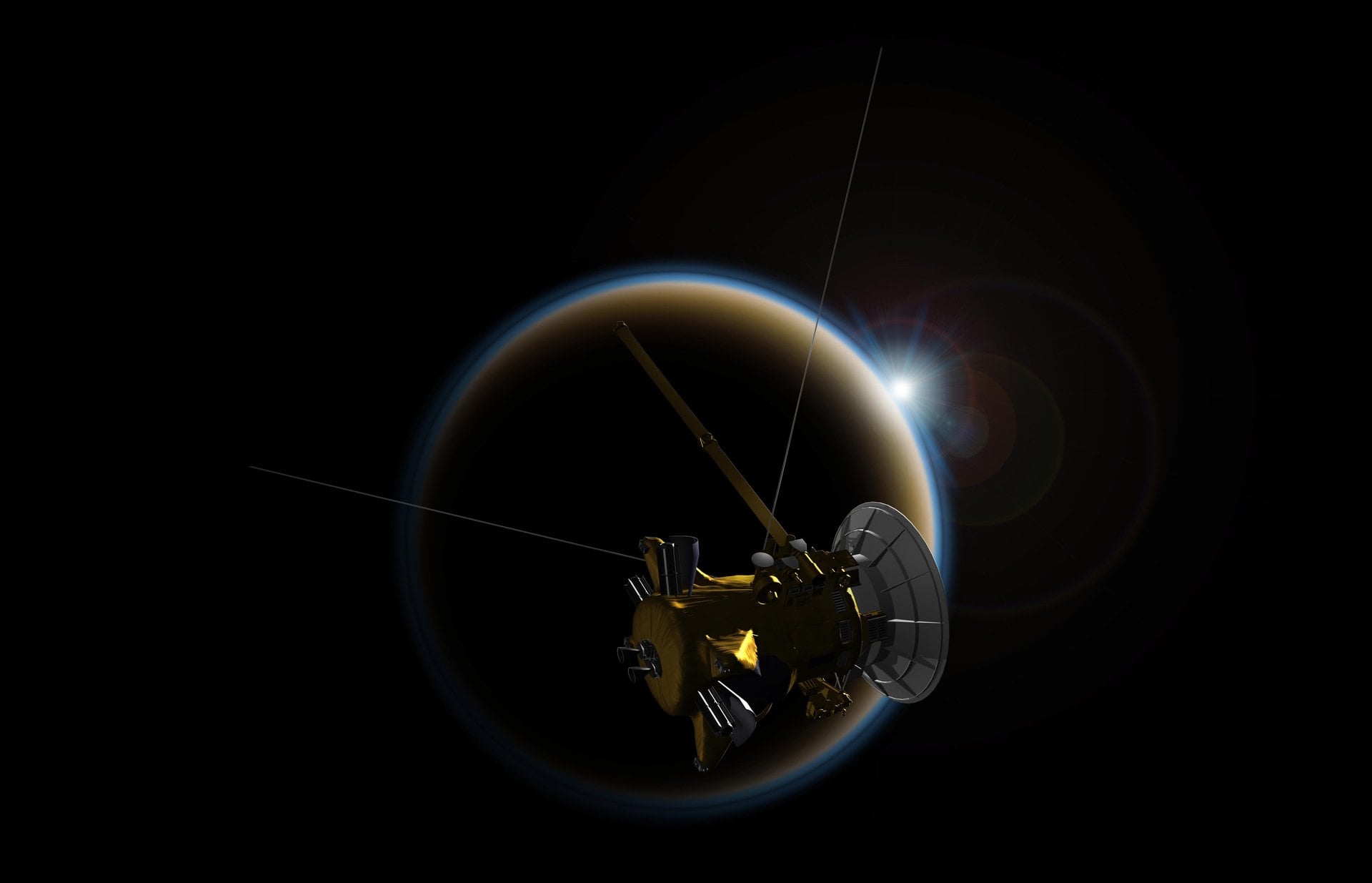A joint research team from South Korea has developed a fascinating wheel inspired by origami and Da Vinci bridge principles that could unlock access to the Moon’s most dangerous and
Universe Today
Astronomers using the Hubble Space Telescope have discovered the largest planet forming disk ever observed around a young star, stretching nearly 40 times the diameter of our Solar System. Nicknamed
At the end of their lives, most satellites fall to their death. Many of the smaller ones, including most of those going up as part of the “mega-constellations” currently under
Launched in March, NASA’s SPHEREx space telescope has completed its first infrared map of the entire sky in 102 colors. This map will enable 3D distance measurements to other galaxies
Solar sails have some major advantages over traditional propulsion methods – most notably they don’t use any propellant. But, how exactly do they turn? In traditional sailing, a ship’s captain
Even most rocket scientists would rather avoid hard math when they don’t have to do it. So when it comes to figuring out orbits in complex three-body systems, like those
Ready for another amazing year of skywatching? 2025 was a wild year, with a steady parade of comets knocking on naked eye visibility, and one extra special interstellar comet, 3I/ATLAS.
The James Webb Space Telescope (JWST) was involved in yet another first discovery recently available in pre-print form on arXiv from Cicero Lu at the Gemini Observatory and his co-authors.
Oleg Orlov, Director of the Institute of Biomedical Problems at the Russian Academy of Sciences (RAS), announced that the Russian Orbital Station (ROS) will include the modules that make up
Saturn’s largest moon, Titan, may not have a subsurface ocean after all. That’s according to a re-examination of data captured by NASA’s Cassini mission, which flew by Titan dozens of
-
 01From Polymerization-Enabled Folding and Assembly to Chemical Evolution: Key Processes for Emergence of Functional Polymers in the Origin of Life
01From Polymerization-Enabled Folding and Assembly to Chemical Evolution: Key Processes for Emergence of Functional Polymers in the Origin of Life -
 02Panasonic Leica Summilux DG 15mm f/1.7 ASPH review
02Panasonic Leica Summilux DG 15mm f/1.7 ASPH review -
 03Two Black Holes Observed Circling Each Other for the First Time
03Two Black Holes Observed Circling Each Other for the First Time -
 04How New NASA, India Earth Satellite NISAR Will See Earth
04How New NASA, India Earth Satellite NISAR Will See Earth -
 05And Thus Begins A New Year For Life On Earth
05And Thus Begins A New Year For Life On Earth -
 06Astronomy Activation Ambassadors: A New Era
06Astronomy Activation Ambassadors: A New Era -
07SpaceX launch surge helps set new global launch record in 2024


